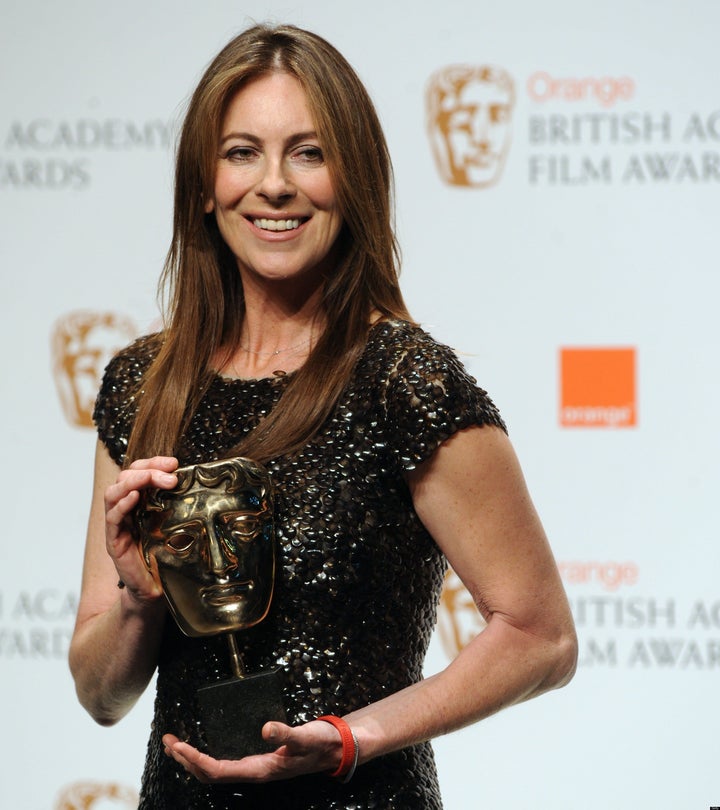
Results from a USC/Annenberg study on 100 Top-Grossing films from 2007
Last week, my research team and I released a study on gender in 100 top-grossing films in 2007 (Key Findings). A few main results emerged, which I would like to highlight here. First, females do not represent "half the cinematic sky." Any moviegoer knows this. But, the findings make the point crystal clear. Out of 4,379 speaking characters coded in our study, only 29.9% are female.
Not only are females lacking visibility in film but they also are rarely employed behind-the-scenes (b-t-s). A total of 1,273 individuals are listed on IMDbPro as directors, writers, and producers of the 100 top-grossing films theatrically released in 2007. Only 17% of these jobs were filled by women: 3 female directors (109 males), 35 female writers (278 males) and 174 female producers (674 males). This calculates to a ratio of five b-t-s males to every one b-t-s female. Are females equivalent in film? No. Are they oppressed? Perhaps.
Despite this, b-t-s females matter. They may be small in number, but they are large in influence. For each film in our study, we looked at whether a woman in one of these sacrosanct titles affected the number of females appearing on-screen. They do, especially female directors. When only males were at the helm, the percentage of females on-screen was 29.3%. For films with a female director, the number jumped to 44.6%! A higher percentage of females on-screen (30.8%) occurred in films produced by one or more women than those produced only by men (26.4%). Compared to the percentage of on-screen girls/women when all-male writing teams penned the script (28.1%), the percentage of girls/women on-screen (34.9%) was significantly higher when one or more females were involved in the writing process. This last finding is notable given that the recent Writers Guild Report shows that the median for female film writers' self-reported income in 2007 was over $40,000 less than the median for male film writers.
Our data show meaningful differences. Let me illuminate how significant they may actually be from an employment perspective. The percentage of females in film increased by 15.3% in 2007 when a woman was involved directing. If women were at the helm of 33% of all 100 movies in this sample (rather than 3), the number of jobs for female actors could have potentially increased by 213.75 in the 100 top-grossing films in 2007. This would mean an additional 1,068.75 major, minor, and inconsequential speaking roles for female thespians in the top-grossing 100 films across 5 years and 2,137.50 across 10 years. Economically, this is no small effect for working female actors. And this only addresses employment consequences in the top 100 films. The numbers would rise dramatically if we looked at how these figures would play out across the total number of films released per year in the United States.
Besides increasing jobs for female actors, b-t-s women may also change how a story is told on-screen. Studies show that the ways characters talk, look, and relate to other characters are different when one or more females are directing, writing, or producing properties for TV/film. Gender also can affect the way war is covered in the media. Examining war stories airing the first 100 days across three different conflicts (Bosnia, Persian Gulf, Afghanistan), Cinny Kennard and Sheila Murphy found that female correspondents are more likely than male correspondents to tell news stories focusing on victims of war, abuses to human rights, and soldier profiles.
This last study underscores the idea that females may tell stories about violence or conflict differently than their male peers. Isn't that the story of Kathryn Bigelow's The Hurt Locker? Isn't it possible that part of the film's critical acclaim may be due to the fact that a female directed it, presenting a different angle on the atrocities of war? Could it be that the choices Bigelow made from behind the camera amplified the film's resonance with males and females in the audience -- thereby increasing desirability and word of mouth across different quadrants of movie goers?
Surely, a lot of work still needs to be done on behalf of females in film. It just doesn't make sense that females are 50% of the population but less than a third of all characters shown on-screen, and less than a fifth of all producers, writers, and directors in top-grossing films from 2007. Box office revenue can't be used as the sole scapegoat any longer to explain gender differences across all speaking characters on-screen and people employed behind the camera.
To illustrate, Anemone Cerridwen and Dean K. Simonton's recent research on 914 films examined the relationship between production costs and the involvement of female directors, writers, producers, and actors. The researchers found "that as the percentage of females involved in a project increases the size of the budget decreases." And, exploring the IMDbPro website for the 10 most profitable films from 2007, nine featured a female on the writing or producing team. Further, a full 78% of the top-grossing films in 2007 employed at least one female producer. Taken together, these findings suggest that b-t-s females not only cost studios less to employ (this is a problem for a different reason), but they are involved with properties and franchises that are generating the most visibility and revenue for the major media conglomerates.
Given that it is 2010, I am surprised that so little change has taken place for females in the film industry over 60 years. Perhaps the dawn of a new day will break on March 7 with Kathryn Bigelow winning a historic Academy Award. Independent of that day, the data presented in this blog suggest that advocacy and activism are still needed for a representational sea change to take place for working females on-screen and behind the camera in film.